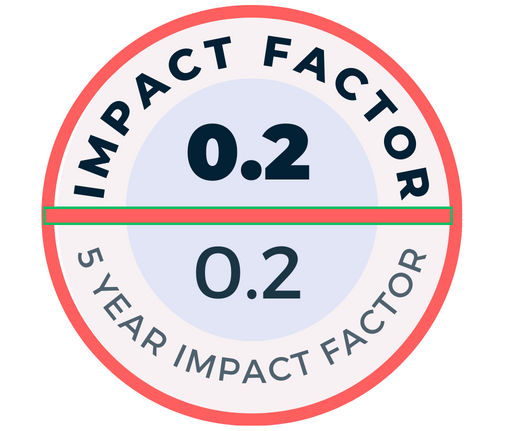Background: Kidney toxicology is becoming an alarming issue on the continuously increasing use of environmental chemicals like carbon tetrachloride.
Objective: In the present study, the renopathological effects of single-dose carbon tetrachloride exposure were investigated in male mice kidney. Likewise, rehabilitative properties of 4 medicinal plant-extract-treated groups were explored.
Methods: There were 6 study groups as vehicle control group, carbon tetrachloride group (0.1 mL corn oil and 0.2 mL/kg carbon tetrachloride solution in corn oil, respectively, on day 1 followed by simple drinking water (ad libitum) on days 2-6), carbon tetrachloride +Basella alba group, carbon tetrachloride + Grewia asiatica group, carbon tetrachloride + Solanum nigrum group, and carbon tetrachloride + Ficus carica group. Mice in the carbon tetrachloride+Basella alba, carbon tetrachloride +Grewia asiatica, carbon tetrachloride+Solanum nigrum, and carbon tetrachloride+ Ficus carica groups were given with carbon tetrachloride as in the carbon tetrachloride group on day 1, followed by 0.1 mL/12 h of respective fruit pulp extracts for days 2-6. Kidneys were removed from each animal on day 7 after cervical dislocation.
Results: Carbon tetrachloride exposure led to various histopathological alterations (complete obliteration of glomeruli and proximal convoluted tubules, glomerular hypertrophy, peri-glomerular space, and tubular apoptosis) that were recovered in all fruit pulp extract groups except carbon tetrachloride +Solanum nigrum group. Histometric outcomes support the histological findings that the mean number of endothelial cells remained significantly (P < .05) lower in carbon tetrachloride and carbon tetrachloride +Solanum nigrum groups than all other groups. Likewise, the mean number of podocytes remained significantly lower in carbon tetrachloride and vehicle control groups than the 4 plant-extract-treated groups. The biochemical estimations of serum creatinine level remained significantly higher in carbon tetrachloride than the rest of the plant-extract-treated and vehicle control groups.
Conclusion: This study demonstrated the potential positive effects of active phytochemical ingredients of medicinal fruits against kidney damage caused by a single dose of CCl4 exposureI.
Cite this article as: Nadia Ahmad S, Raees Ahmad K, Ayesha Ahmed S, Saira Siddique M, Sadia Suleman M, Asma Younis M. Protective roles of Grewia asiatica, Basella alba, Solanum nigrum & Ficus carica fruit extracts in CCl4 induced renal toxicity in a mice model. Turk J Nephrol. 2024;33(1):76-82.

.png)




.png)